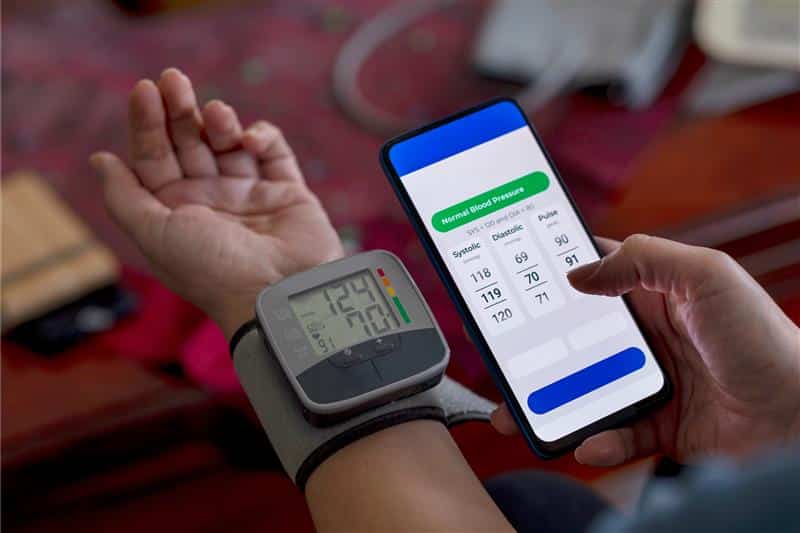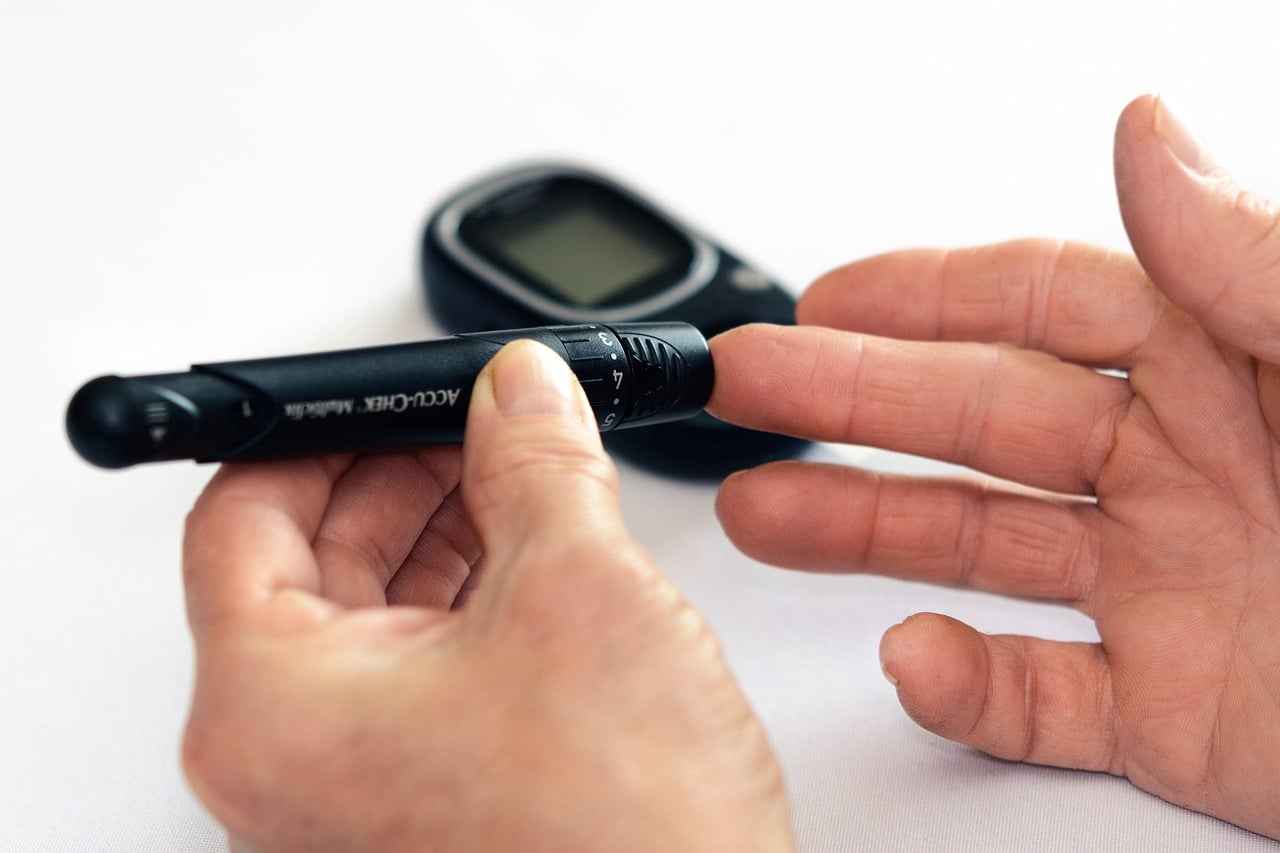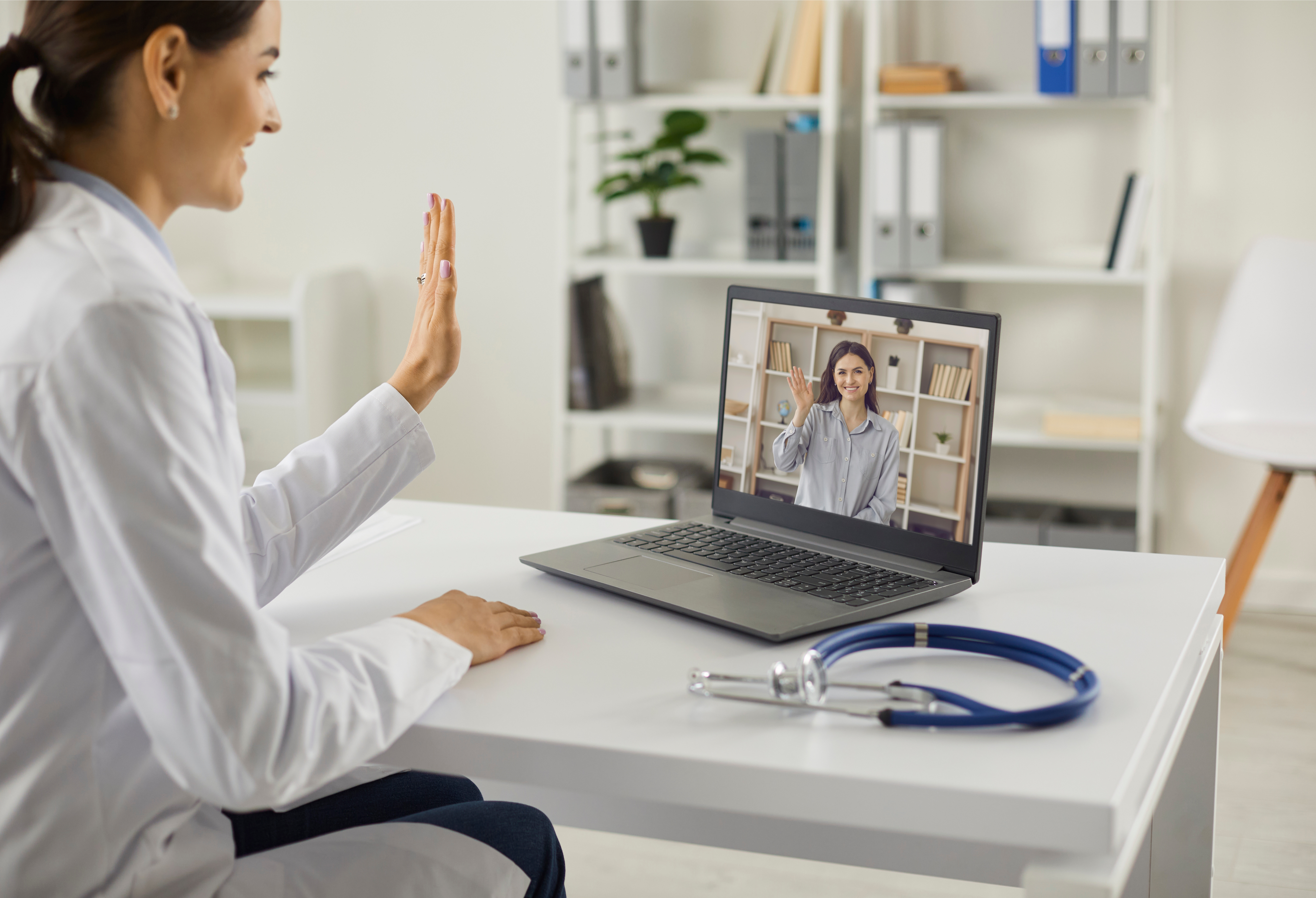Remote patient monitoring is revolutionizing digital health by enabling real-time patient care beyond hospital walls. This technology enhances accessibility, reduces hospital visits, and improves chronic disease management. As healthcare shifts towards proactive solutions, remote patient monitoring is becoming essential for improving outcomes and driving the future of digital health.
What is Remote Patient Monitoring?
Remote Patient Monitoring (RPM) is a digital health innovation that enables healthcare providers to track patients’ health data in real-time without in-person visits. This technology is a key part of digital health solutions, improving access to care and patient outcomes.
RPM works by using wearables, mobile apps, and IoT devices to collect vital health data such as heart rate, blood pressure, oxygen levels, and glucose levels. The data is securely transmitted to healthcare providers, allowing early intervention and personalized treatment plans.

RPM is widely used in chronic disease management, helping patients with diabetes, hypertension, and heart disease stay monitored and receive timely care. It also plays a crucial role in post-surgery recovery, enabling doctors to track progress remotely. Additionally, elderly care benefits from RPM by ensuring continuous monitoring of seniors, reducing hospitalizations, and enhancing their quality of life.
As digital health innovation advances, RPM continues to reshape healthcare by offering proactive, efficient, and patient-centered care.
Benefits of Remote Patient Monitoring
For Patients:
Remote Patient Monitoring (RPM) offers significant benefits for patients, primarily by enhancing access to care. Through digital health solutions, patients can receive continuous monitoring and consultations without the need for frequent hospital visits. This not only provides convenience, especially for those with chronic conditions, but also enables quicker responses to health issues, reducing unnecessary hospital trips. RPM empowers patients to take control of their health with greater autonomy, improving overall well-being.
For Providers:
Healthcare providers gain deeper patient insights through RPM, which collects real-time data on vital signs. This allows for early intervention in cases of health deterioration, potentially preventing complications. RPM increases efficiency by streamlining patient management, reducing the need for in-person visits and enabling better use of time and resources. Providers can closely track patient progress and adjust treatment plans accordingly, offering more personalized and accurate care.
For Healthcare Systems:
For healthcare systems, RPM offers substantial cost savings by reducing the need for hospitalizations and readmissions. By enabling continuous monitoring, RPM helps prevent complications that could result in costly hospital stays. Additionally, it optimizes resources by shifting routine care from hospitals to home settings, allowing healthcare workers to focus on more critical cases. The integration of RPM into electronic health care systems enhances the coordination of care, promoting a more efficient healthcare infrastructure.
Challenges and Considerations of Remote Patient Monitoring
Data Security & Privacy:
One of the primary concerns with Remote Patient Monitoring (RPM) is data security and privacy. As RPM relies on digital health tech to collect and transmit sensitive patient information, ensuring the protection of this data is crucial. Healthcare providers must implement robust cybersecurity measures to prevent breaches and ensure patient confidentiality. With stricter regulations surrounding digital healthcare, ensuring compliance with data protection standards, such as HIPAA, is essential for maintaining trust between patients and providers.
Technology Adoption:
While RPM offers significant benefits, technology adoption can be challenging for both patients and providers. Patients may face difficulties in using digital therapeutics and RPM devices, especially the elderly or those with limited technological literacy. For healthcare providers, implementing RPM requires upfront investment in infrastructure, training, and integration with existing systems. Overcoming these barriers requires education and support to ensure that both patients and healthcare professionals can effectively use and benefit from RPM.

Regulatory & Compliance Issues:
Regulatory and compliance issues present another challenge for RPM adoption. Healthcare systems must ensure that their digital health solutions meet the necessary regulatory requirements, which can vary by region and country. Ensuring compliance with these standards while integrating RPM technology into existing healthcare frameworks requires careful planning. As RPM evolves, staying updated with changes in regulations is key to maintaining seamless, compliant operations.
The Future of RPM: Trends & Innovations
AI & Machine Learning in Predictive Analytics:
As digital health innovation continues to evolve, medical devices play a crucial role in enhancing remote patient monitoring. These devices collect real-time data that is vital for managing chronic conditions and improving patient outcomes. A key case study on practical uses of medical device data and cybersecurity implications will be featured at the 2nd Annual American MedTech Summit in Chicago, where experts will explore the intersection of medical devices and secure data transmission – topics directly tied to the future of RPM and digital health tech.
5G and IoT Expansion in Healthcare:
The expansion of 5G networks and the Internet of Things (IoT) is set to revolutionize digital health by enabling faster, more reliable transmission of patient data. 5G’s increased bandwidth and reduced latency will enhance RPM capabilities, allowing for real-time monitoring and immediate data sharing between patients and providers. IoT devices, from wearable sensors to smart home equipment, will continue to expand the scope of RPM, offering more comprehensive and continuous monitoring of patient health in various settings.
The Role of RPM in Value-Based Care Models:
RPM is becoming a key component of value-based care models, which prioritize patient outcomes over the volume of services provided. By enabling continuous monitoring and proactive care, RPM allows healthcare providers to focus on preventing health issues rather than just treating them. This shift toward preventive care is central to value-based models, where the emphasis is on improving health while reducing costs. As RPM technology advances, it will play an even more significant role in reshaping the future of healthcare delivery.

Why Remote Patient Monitoring Matters for Healthcare Stakeholders
Hospitals, insurers, and policymakers are increasingly embracing remote patient monitoring (RPM) as part of the broader shift toward digital healthcare. Hospitals are integrating RPM into their care models to reduce patient readmissions, improve chronic disease management, and offer continuous monitoring. Insurers see the value of RPM in reducing costly hospital visits and improving patient outcomes, offering incentives and reimbursements for its use. Policymakers are developing frameworks to support the integration of digital health tech into mainstream healthcare, ensuring that regulatory standards are met while encouraging innovation.
The Role of Digital Health Partnerships and Investment in RPM Solutions:
Digital health partnerships are playing a crucial role in accelerating RPM adoption. Collaborations between tech companies, healthcare providers, and insurers drive the development of innovative digital health tech solutions that enhance patient care. Investment in RPM solutions is fuelling advancements in wearable devices, data analytics, and AI integration, which improve the accuracy and efficiency of monitoring. As these partnerships expand, RPM is becoming more accessible and scalable, ultimately contributing to a more connected, efficient, and patient-centered healthcare system.
Remote patient monitoring is essential in shaping the future of healthcare, enabling more personalized, efficient, and proactive care. As digital health solutions continue to evolve, RPM will play a pivotal role in transforming patient outcomes. Join Why Summits’ exciting events and discussions to discover the latest breakthroughs and innovations in healthcare technology!